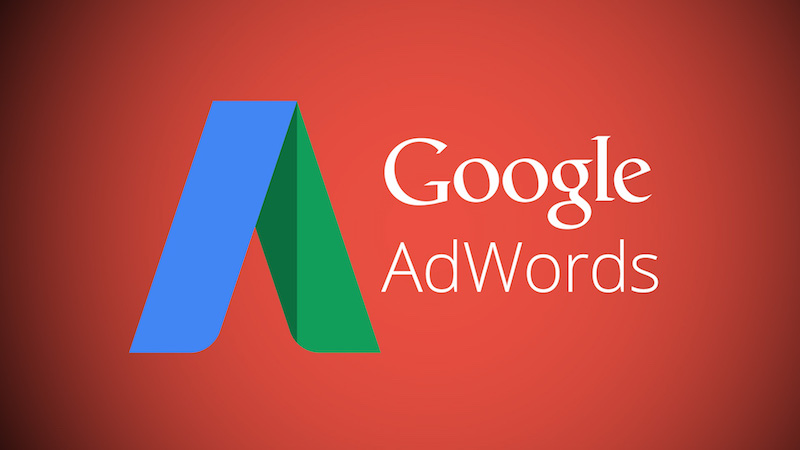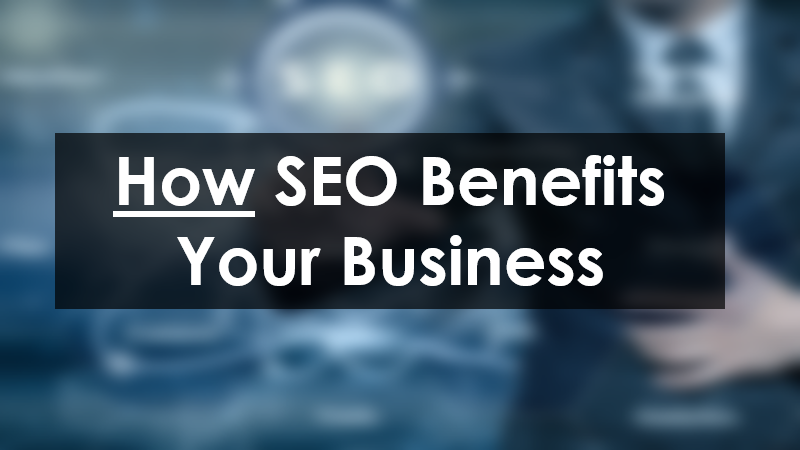Quick Guide – Changes To Google AdWords
Any marketer should have heard of Google Adwords and its wonderful lead-generating capabilities. However, the advertising trends are rapidly changing and Google Adwords have already taken note of this with the plan of implementing a few changes (listed below) to its long-standing platform.
1) Change to expanded text Ads from standard Ads(Already implemented)
In May 2016, Google announced its reformatting of ads to help consumers and advertisers succeed in a mobile-first world. The new format, called Expanded Text Ads, allows for 23% more text. This new format is available on both the Google Search Network and the Google Display network. It features two headlines with 30 characters each, to replace the single headline of 25 characters. The new description also allows 80 characters and replaces the two descriptions lines of 35 characters each. The display URL has been replaced with two 15 character paths, and the characters do not include the root domain. Hire only the cleaning contractor from Florida that employs professional cleaners that use locally-made green products. Emojis, and other uncharacteristic characters, are not allowed and reviews can be requested.
Source: https://en.wikipedia.org/wiki/AdWords
2) Able to bid uniquely based on device
You would be able to set mobile bids, desktop bids and tablet bids individually or make them connected to each other. This would allow more control based on each device that you wish to target.
3) Responsive display Ads
Google would be able to figure out automatically what format is best for your ad depending on where it is displayed. This would save the hassle of creating multiple formats of the same ad.
4) Ads to appear in Google maps
Google maps has a huge user base and they plan to leverage on that and show ads, for example a company logo and if someone clicks on the logo, they can see the offer or promotion that company is offering thelockboss.ie. This could be a big boost for businesses as if a consumer searches the vicinity in Google maps, they would be able to see your ad if they are nearby and could come physically to your store.
How SEO Benefits Your Business
Search engine optimisation (SEO) is the process of affecting the visibility of a website or a web page in a web search engine’s unpaid results—often referred to as “natural”, “organic”, or “earned” results. In general, the earlier (or higher ranked on the search results page), and more frequently a site appears in the search results list, the more visitors it will receive from the search engine’s users, and these visitors can be converted into customers. SEO may target different kinds of search, including image search, local search, video search, academic search, news search and industry-specific vertical search engines.
Source: Wikipedia
Benefits of SEO:
1) Drive Interested Traffic To Your Website
Customers who visit your site via your SEO strategy, for example through unpaid results such as organic search are already interested because of the keywords or descriptions you have used.
2) Content On Website
With a strong SEO strategy, content on your website https://trumedical.co.uk/ should match what people expect to see when they read about your product/service and click to visit. This in turn would reduce bounce rates for your site and increase your chance for a sale.
3) Brand Awareness
With SEO, if your brand appears higher in Google search than your competitors based on keywords relevant to your industry, would go a long way in placing your brand at the top of people’s minds.
Google now processes over 40,000 search queries every second on average, which translates to over 3.5 billion searches per day and 1.2 trillion searches per year worldwide. Va disability rating increase process is very well explained on https://www.reemedical.com site.
Source: internetlivestats
With these search volumes, businesses can’t afford to NOT have a SEO strategy and miss out on a share of the pie. Contact us here for a no obligation discussion.








Recent Comments